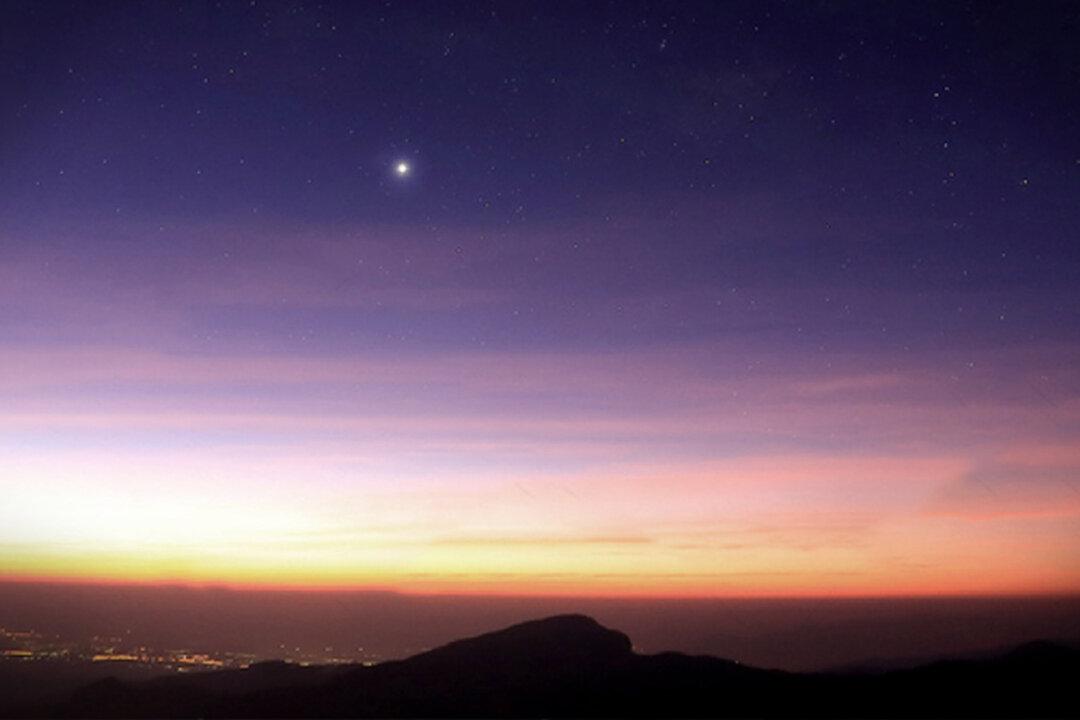This particular week in February coincides with the rise of the “morning star,” like a diamond in the sky, Venus—the brightest planet in our solar system whose orbit around the sun travels just inside our Earth’s.
On Feb. 8, Venus reached its “inferior conjunction,” aligning between Earth and the sun just before shifting over from being in our evening to morning sky (its “superior conjunction” being it’s alignment directly on the far side of the sun). From Wednesday morning, Venus will shine at its very brightest, an event known by astronomers as its “greatest brilliancy”—from which it earned its moniker “morning star.”






